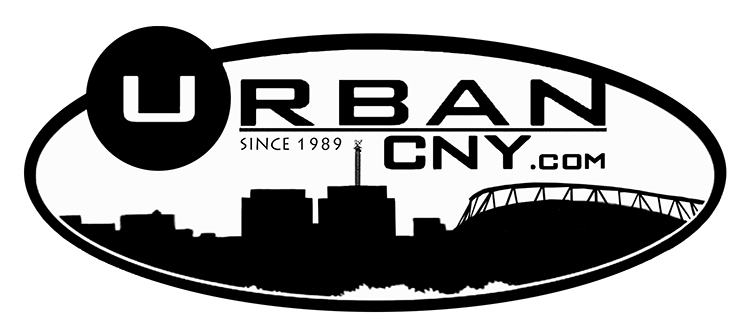ALBANY, NY – The Office of Temporary and Disability Assistance (OTDA) and the New York State Banking Department today announced that M&T Bank has agreed to voluntarily waive surcharge fees associated with certain government-issued benefits through the electronic benefit transfer (EBT) system.
OTDA Commissioner David A. Hansell said adding M&T to the list of more than 80 banks that have already waived the fee is significant due to the bank’s strong presence in communities throughout New York State.
M&T’s current surcharge rate is now $3.00, and in September 2008 M&T collected $20,700 across their 12 NYC locations and 402 Upstate locations. Annually this represents $248, 400 in EBT surcharges.
“Low-income families simply cannot afford paying fees to receive their benefits, and with transportation access difficult for many of our clients, finding a surcharge-free ATM is not always realistic,” said Hansell. “Saving even a few dollars a transaction will add up for these families over the course of the month and the year. This is a wonderful example of the type of public/private partnership that Governor Paterson has said we will need to get through the current economic crisis in our State.”
“We are please to be working with Commissioner Hansell and OTDA on a wide range of issues through the Governor’s Economic Security Cabinet, including this effort by M&T bank to provide surcharge free ATM-access,” said Superintendent of Banks for New York, Richard H. Neiman. “I personally want to thank Mr. Wilmers, Chairman of M&T, for his support of this initiative as well as his continued efforts toward enhancing economic development throughout the state.”
EBT cardholders can access their cash assistance benefits at automated teller machines (ATMs). While banks routinely waive surcharges for their own customers, EBT cardholders do not automatically enjoy the privilege of surcharge-free cash access at any banking institution. By agreeing to not surcharge EBT cardholders, M&T is extending the privilege of surcharge-free cash access to government issued benefits. The resulting savings will have a positive impact on a low income household’s net disposable income.








